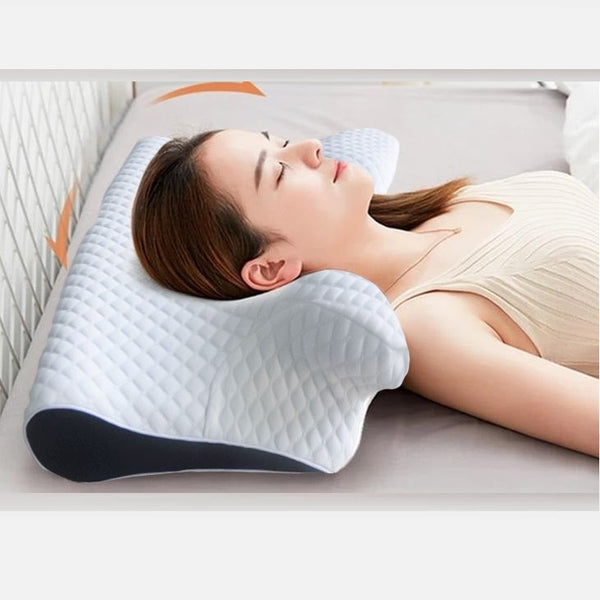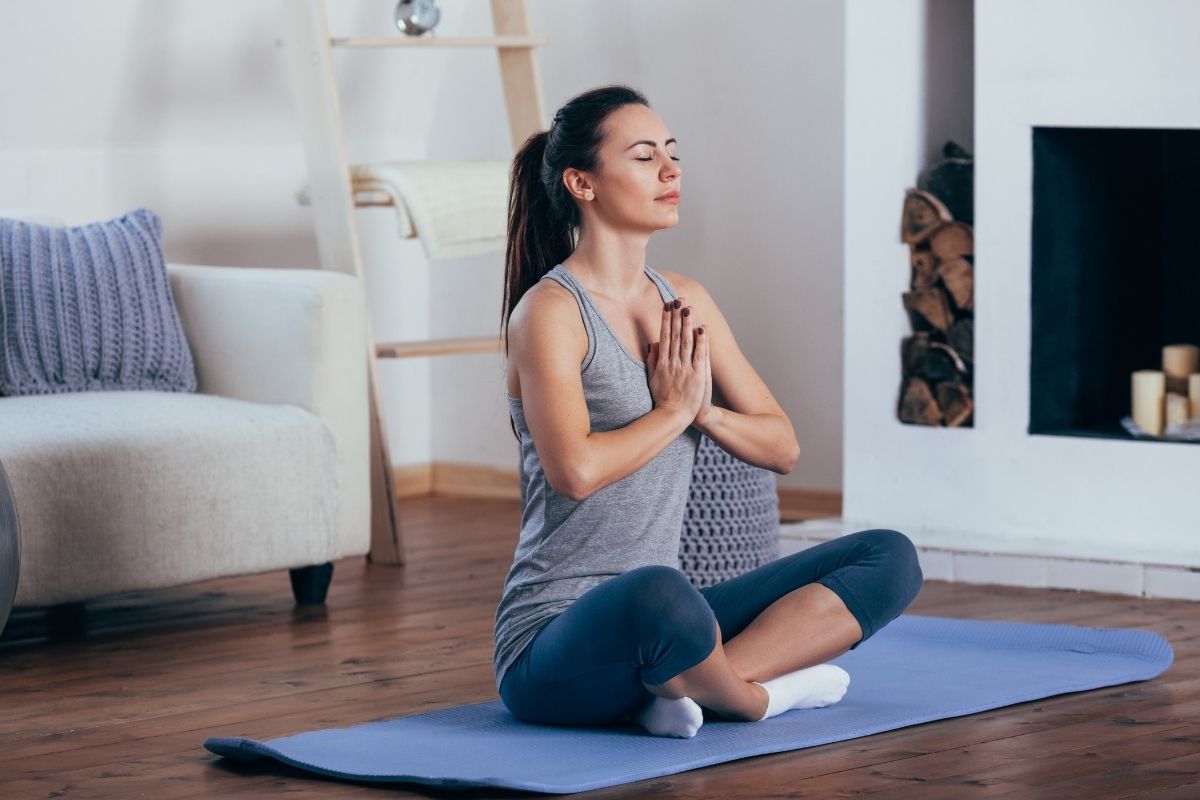How To Do Yoga On Carpet
How To Do Yoga On Carpet When it comes to practicing yoga at home, convenience often leads us to unroll our mats on the carpeted floor. In traditional yoga studios, hardwood floors reign supreme as the surface of choice. However, yoga on carpet presents its own set of challenges and opportunities. Despite the differences, it’s entirely possible, and for some, even beneficial. Let’s delve into the pros and cons of practicing yoga on carpet, and discover some expert tips to make your carpeted practice successful.
Is Yoga on Carpet Feasible?
Yes, you can absolutely practice yoga on carpet, but there are some important considerations. Yoga is typically performed on a yoga mat atop a stable hardwood floor, providing an ideal surface for balance and grounding. However, for convenience and comfort, many opt for carpeted spaces.
The following pros and cons can help you decide whether to practice on a carpeted surface. Your decision may also depend on the type of carpet in your home, as different carpet styles can affect your practice differently. Short-fiber carpets with thin padding present fewer issues than plush carpets with thick pads.
Pros of Yoga on Carpet:
- Cushioning: A soft, padded carpet offers cushioning for your body, reducing pressure on joints.
- Warmth: Carpet is warmer than hard surfaces like wood, providing comfort during colder months.
- Increased Challenge: Less traction on carpet requires your muscles to work harder, building strength.
- Freedom to Explore: Yoga mats have defined shapes, but on carpet, you have more freedom to explore and experiment with your practice.
- Balancing Challenge: The added difficulty in balancing on carpet can help you advance your practice.
- Home Convenience: For many, practicing on carpet at home is the most accessible option.
Read More : Why Is Yoga So Hard
Cons of Yoga on Carpet:
- Balance Poses Challenge: Practicing balance poses on carpet can be difficult due to the lack of support under feet or hands, potentially leading to frustration or injury.
- Skin Irritation: Moving through poses directly on carpet can cause friction burns, scratches, and irritated skin.
- Uneven Surface: Carpeted surfaces may have uneven spots that can cause discomfort when pressing into your body.
- Hygiene Concerns: Carpets may not be the most hygienic surface for practice, as they can trap allergens and dampen your mood.
- Mat Maintenance: Practicing directly on carpet may require more frequent cleaning, as sweat and body oils get absorbed into the carpet’s fibers.
- Carpet Wear: Repeatedly practicing in the same spot on carpet can lead to premature wear and damage.
Using Yoga Mats on Carpet:
Indeed, you can use a yoga mat on carpet to mitigate some of the challenges. However, the type of yoga mat you choose can either alleviate or exacerbate these issues. When shopping for a yoga mat for your carpeted practice, consider these key factors:
1. Traction: Opt for yoga mats with grip or texture on both the top and bottom to prevent slipping, especially during fast-paced sessions.
2. Material: Choose mats made of sturdy, dense, and firm materials like rubber or cork to prevent bunching and enhance balance.
3. Thickness: Balance a thinner mat for better floor connection with added padding to reduce joint pressure and provide extra support.
Read More : How To Clean A Lululemon Yoga Mat
In Conclusion : How To Do Yoga On Carpet
Practicing yoga on carpet can be as effective as practicing on a hardwood floor with proper attention and consideration. If you find carpet practice challenging, you can explore options like portable yoga floors or even create your own yoga board to enhance your carpeted practice space.




